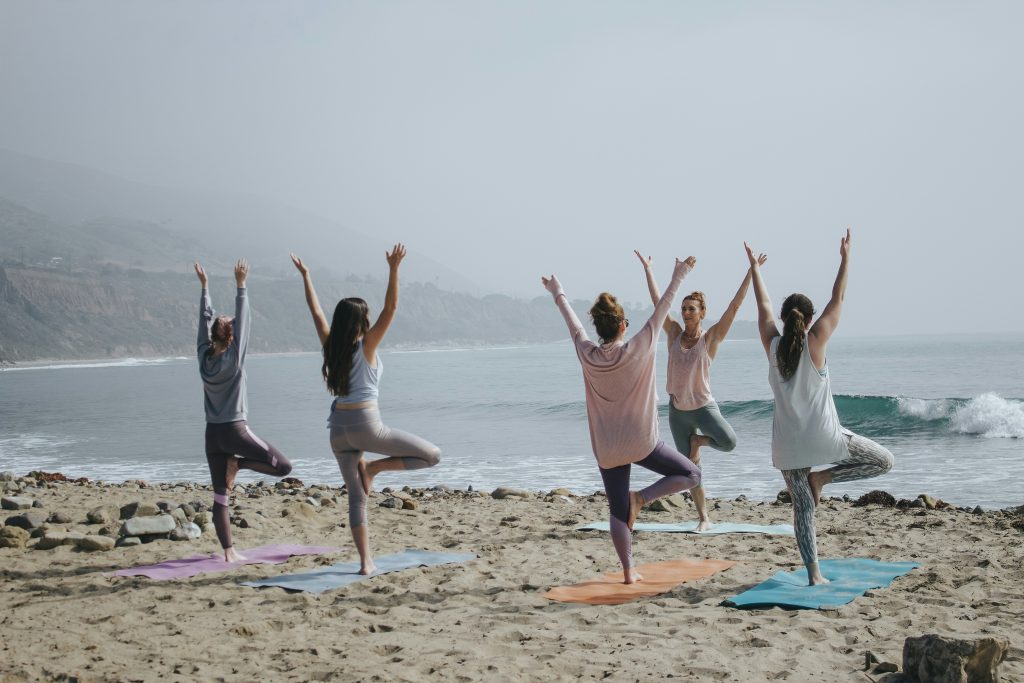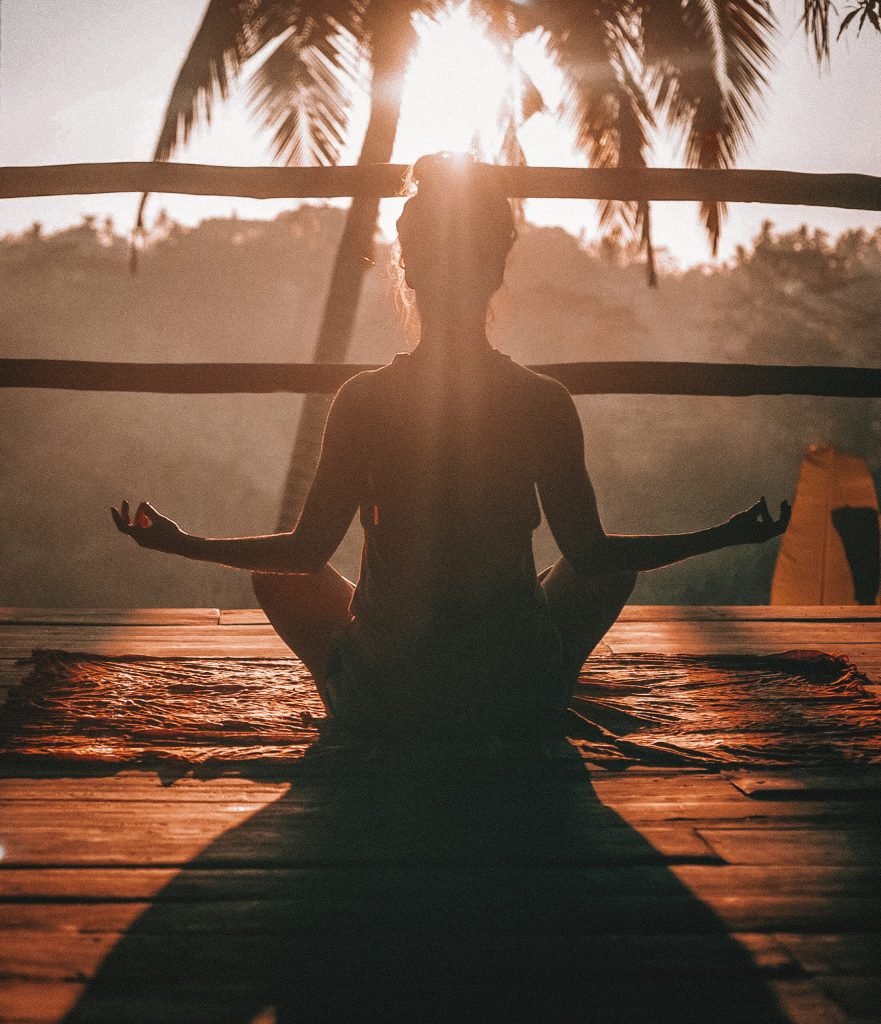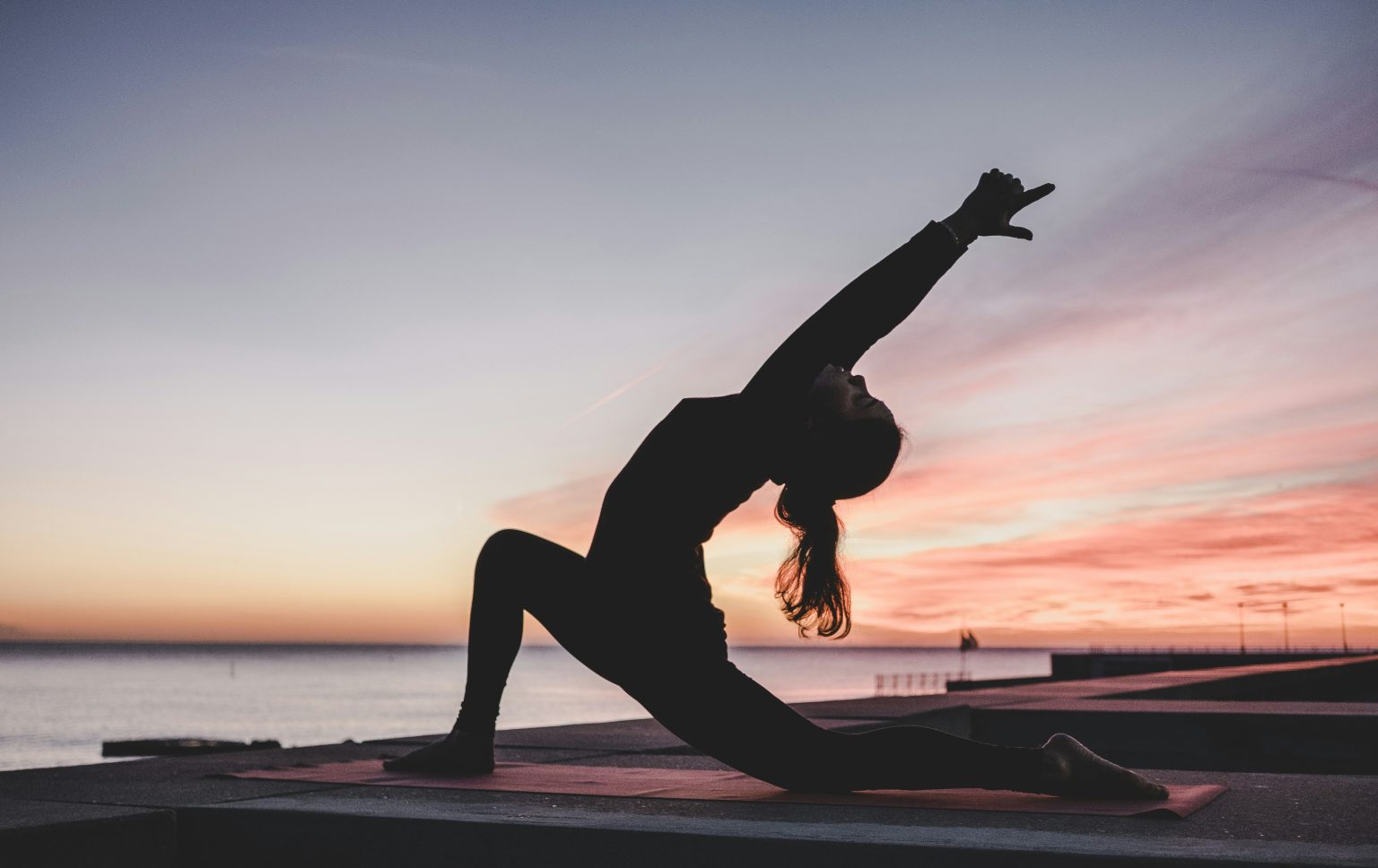Introduction
Yoga, an ancient practice with roots tracing back thousands of years, has gained immense popularity worldwide. Whether you’re looking for a way to improve your physical health, manage stress, or find a deeper connection between mind and body, yoga offers a solution. This article will explore the origins of yoga, its numerous benefits, and the different types of yoga practiced today, providing you with a comprehensive understanding of this timeless tradition.
The History
Yoga’s history spans over 5,000 years, with its origins rooted in ancient India. The word “yoga” is derived from the Sanskrit word “yuj,” meaning to unite or join, symbolizing the union of body, mind, and spirit. It began as a spiritual practice within Hinduism, aimed at achieving self-realization and enlightenment. However, over time, it has evolved into various forms that incorporate physical, mental, and spiritual elements.
Ancient Beginnings
The earliest mention of yoga is found in the ancient texts known as the Rig Veda, which is one of the four sacred texts of Hinduism. These writings contain hymns, mantras, and rituals used by Vedic priests, known as Brahmans. However, it wasn’t until the Upanishads, philosophical texts that came after the Vedas, that yoga was formally described as a way to attain spiritual freedom and enlightenment.
The practice further developed with the Yoga Sutras of Patanjali, written around 400 CE. Patanjali’s sutras laid down the eight-fold path of yoga, also known as Ashtanga yoga, which forms the foundation of modern yoga practice.
Modern Yoga
In the late 19th and early 20th centuries, yoga masters such as Swami Vivekananda and T. Krishnamacharya brought yoga to the West. These pioneers introduced yoga as both a physical practice and a philosophical system. Since then, yoga has spread worldwide, becoming a popular form of exercise and mindfulness practice.

If you’re new to yoga and looking for a simple introduction, check out this Yoga for Beginners video for an easy-to-follow guide to get started with your practice.
What Are The Benefits?
Yoga is more than just a workout. It’s a holistic practice that brings together the mind, body, and spirit, offering a wide range of benefits for people of all ages and fitness levels. Here’s a look at some of the most notable benefits of incorporating yoga into your daily life.
Physical Benefits
1. Improved Flexibility: One of the most immediate and obvious benefits of yoga is the improvement in flexibility. Over time, regular practice can help increase your range of motion and reduce stiffness in muscles and joints.
2. Strength Building: Yoga involves holding poses that require balance and strength, which helps in building muscle. Unlike weight training, yoga strengthens the body in a more balanced way by engaging different muscle groups.
3. Better Posture: Poor posture is a common problem, especially in today’s sedentary world. Yoga helps correct posture by focusing on body alignment and awareness, reducing the strain on the neck and lower back.
4. Increased Balance: Many yoga poses, such as tree pose and warrior poses, are designed to improve your balance. As you practice, you’ll notice better stability and coordination, which can prevent falls and improve overall body awareness.
5. Enhanced Cardiovascular Health: While yoga may not seem like an intense cardio workout, styles such as Vinyasa or Power Yoga can get your heart pumping, improving cardiovascular endurance.
Mental and Emotional Benefits
1. Stress Relief: Yoga is widely known for its stress-relieving effects. The combination of physical movement, breath control, and mindfulness helps to reduce cortisol levels, the body’s primary stress hormone.
2. Mental Clarity: Through meditation and focused breathing, yoga encourages mental calmness and clarity. Regular practice can enhance your concentration and focus, helping you to stay present and mindful.
3. Emotional Balance: Yoga helps you become more aware of your emotions, making it easier to regulate your mood and respond to challenges calmly. This emotional balance can lead to better relationships and a more peaceful outlook on life.
4. Improved Sleep: Many people who practice yoga report better sleep. The relaxation techniques used in yoga help calm the nervous system, reducing insomnia and improving the quality of sleep.
5. Mindfulness and Self-Awareness: Yoga teaches you to be present in the moment, fostering mindfulness. This heightened awareness can translate into other areas of life, helping you to live more intentionally.

Types of Yoga
Yoga is not a one-size-fits-all practice. Over the centuries, different forms of yoga have emerged, each with its own unique approach. Whether you’re looking for a vigorous workout or a more meditative practice, there’s a style of yoga for you.
Hatha Yoga
Hatha yoga is one of the most common styles of yoga and is ideal for beginners. It focuses on physical postures, or asanas, and breathing exercises, known as pranayama. The pace of Hatha yoga is typically slower than other types, making it a great entry point for those new to the practice.
Vinyasa Yoga
Vinyasa yoga, often called “flow” yoga, involves a sequence of poses that are connected by flowing movements. Each movement is synchronized with the breath, creating a dynamic and fluid practice. Vinyasa is more fast-paced compared to Hatha, making it a great option for those looking for a more vigorous workout.
Ashtanga Yoga
Ashtanga yoga is a more rigid and structured form of yoga that follows a specific sequence of poses. This style emphasizes building strength, flexibility, and stamina, and is ideal for those looking for a more intense and disciplined practice.
Bikram Yoga
Bikram yoga, also known as hot yoga, is performed in a heated room, typically around 40°C (104°F). The heat helps to loosen muscles and increase flexibility, while also promoting detoxification through sweating. This style involves a set sequence of 26 poses, repeated twice in each session.
Iyengar Yoga
Iyengar yoga focuses on precision and alignment. Props such as blocks, straps, and chairs are often used to help practitioners achieve proper alignment in each pose. Iyengar yoga is a great option for those recovering from injury or looking for a therapeutic approach to yoga.
Kundalini Yoga
Kundalini yoga is a more spiritual and meditative form of yoga, aimed at awakening the energy at the base of the spine. This style incorporates breath work, chanting, and meditation, making it a powerful practice for those seeking a deeper spiritual experience.
Getting Started With The Practice
If you’re new to yoga, it’s important to start slow and find a practice that suits your individual needs. Here are a few tips to help you get started on your yoga journey.
1. Start with Beginner Classes: If you’re new to yoga, look for beginner-friendly classes or tutorials. These classes will guide you through basic postures and breathing techniques at a slower pace.
2. Find the Right Style: Not every type of yoga will be the right fit for you, so it’s important to try out different styles until you find one that resonates. Whether you prefer the slow pace of Hatha yoga or the dynamic flow of Vinyasa, there’s something for everyone.
3. Listen to Your Body: Yoga is about connecting with your body, so it’s essential to listen to how you feel. Don’t push yourself into poses that feel uncomfortable or painful. Yoga is not a competition, and it’s important to honor your body’s limits.
4. Practice Consistently: Like any other form of exercise, consistency is key. Try to practice yoga regularly, even if it’s just for a few minutes each day. Over time, you’ll notice improvements in your strength, flexibility, and mental clarity.
This mind-body discipline is a transformative practice that has the potential to improve not only your physical health but also your mental and emotional well-being. With its rich history, diverse styles, and myriad benefits, yoga offers something for everyone. Whether you’re looking to enhance your flexibility, relieve stress, or deepen your spiritual practice, yoga is a powerful tool that can help you achieve your goals.
For more insightful readings and the latest updates on e-commerce trends, keep an eye on our blog. Together, let’s explore the innovations that are transforming how we shop, one virtual experience at a time.




